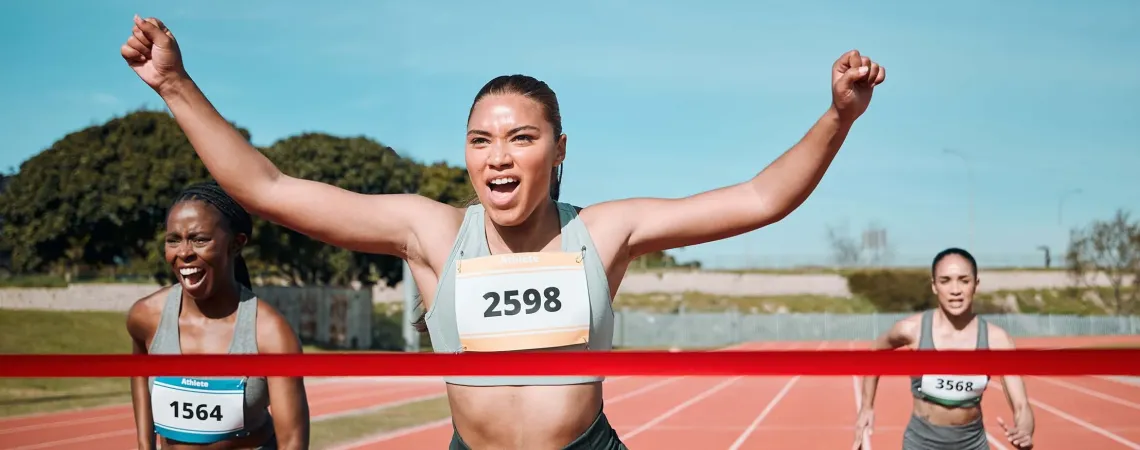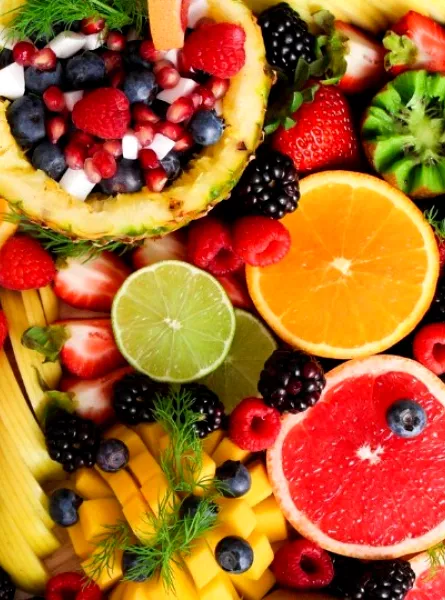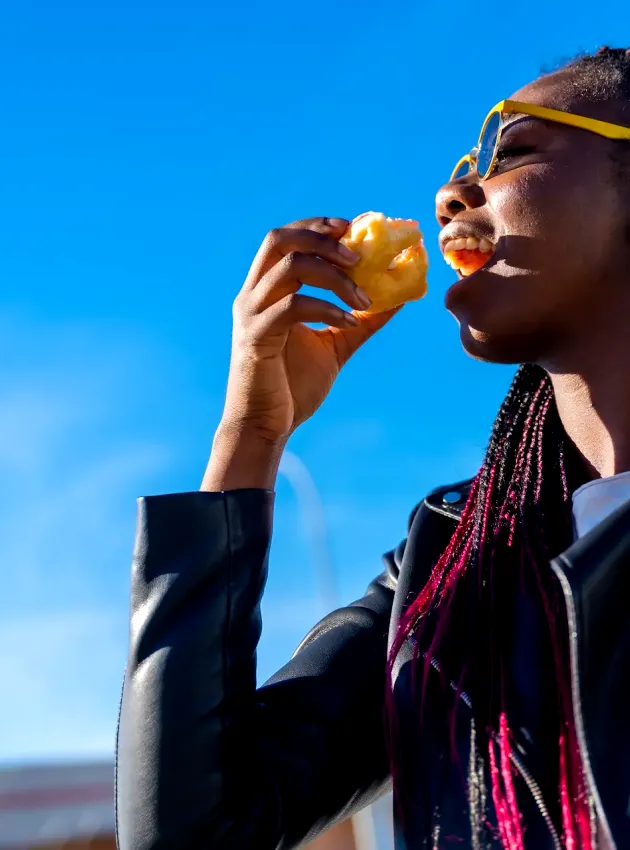
Anemia is a condition where the body lacks hemoglobin, the protein in red blood cells responsible for carrying oxygen to different parts of the body (1). While there are various causes of anemia, iron deficiency anemia, caused by a lack of iron, is the most common. This article explores the causes of anemia, its symptoms, and how a balanced diet can help prevent and treat it.
What Are the Symptoms of Anemia?

Symptoms of anemia, especially iron deficiency anemia, can impact various aspects of daily life. Common signs include:
- Persistent fatigue
- Pale skin
- Heart palpitations
- Frequent headaches
- Brittle nails and hair
If you suspect you have anemia, it’s essential to consult a doctor for an accurate diagnosis and appropriate treatment.
Common Causes of Anemia

1. Nutrient Deficiencies
A lack of iron, vitamin B12, or folic acid often leads to anemia (2). According to Canada’s Food Guide, a daily intake of 8 mg of iron for men and 18 mg for women is recommended to help blood carry oxygen efficiently (3). However, individual needs may vary. Those with heavy menstrual periods, vegetarians or vegans, athletes, and frequent blood donors are more at risk of iron deficiencies.
2. Chronic Diseases
Certain conditions, such as kidney failure or chronic inflammatory diseases, can disrupt red blood cell production (4). These conditions reduce the body’s ability to maintain a healthy red blood cell count, worsening anemia symptoms.
3. Blood Loss
Significant blood loss from heavy periods, ulcers, or injuries can also increase the risk of anemia (5).
Diet for Preventing and Treating Anemia

1. Eat Iron-Rich Foods
There are two types of iron: heme (from animal sources) and non-heme (from plants). Here are examples of iron-rich foods:
Animal Sources (Heme Iron):
- Liver (beef, pork, or chicken)
- Red meat (beef, lamb)
- Chicken
- Fish
- Oysters
- Shrimp
Plant Sources (Non-Heme Iron):
- Iron-fortified cereals
- Legumes (lentils, chickpeas, beans, etc.)
- Spinach
- Tofu
- Pumpkin seeds
- Quinoa
- Nuts and seeds
2. Pair Iron with Vitamin C
Vitamin C, found in citrus fruits, bell peppers, and strawberries, boosts the absorption of non-heme iron from plant sources (7). For instance, enjoying a green smoothie or a salad with spinach, lentils, bell peppers, and strawberries can enhance iron absorption.
3. Avoid Iron Absorption Inhibitors
Limit tea, coffee, and calcium-rich foods during meals as they can decrease iron absorption (8).
Iron-Boosting Recipe Ideas
Here are some tasty and easy-to-prepare recipes to help meet your iron needs while enjoying delicious meals:
- Pumpkin Seed Pesto: Perfect for pasta, sandwiches, or pizza.
- Iron-Rich Sweet Potato Muffins: A snack packed with iron and autumn flavors.
- Japanese Beef Rice Bowl (Gyu-don): Ideal for boosting your iron intake.
- Grilled BBQ Platter: A simple way to incorporate multiple iron-rich and vitamin B12 sources.
- Freezer Breakfast Burritos: Perfect for getting a good dose of iron from black beans!
How Dietitians Can Help Manage Anemia

Anemia can affect your quality of life, but it is often treatable with a proper diet. By paying attention to the symptoms and taking preventive measures, you can effectively manage this condition. For personalized guidance, consider consulting a registered dietitian nutritionist who can help create a nutritional plan tailored to your specific needs.
References
- National Heart, Lung, and Blood Institute. (2022). Anemia. Retrieved August 29, 2024, from https://www.nhlbi.nih.gov/health/anemia.
- Penn Medicine. (2022). What is Anemia? Retrieved August 29, 2024, from https://www.pennmedicine.org/for-patients-and-visitors/patient-information/conditions-treated-a-to-z/anemia.
- Health Canada. (2021). Nutrient Reference Values. Retrieved August 29, 2024, from https://www.canada.ca/en/health-canada/services/food-nutrition/healthy-….
- Agarwal, R., et al. (2020). Anemia of Chronic Disease and Kidney Disease. Journal of the American Society of Nephrology, 31(12), 2949-2965. Retrieved from https://pubmed.ncbi.nlm.nih.gov/33123967/.
- Mansour, D., Hofmann, A., & Gemzell-Danielsson, K. (2021). A Review of Clinical Guidelines on the Management of Iron Deficiency and Iron-Deficiency Anemia in Women with Heavy Menstrual Bleeding. Advances in therapy, 38(1), 201–225. https://doi.org/10.1007/s12325-020-01564-y
- Weckmann, G., Kiel, S., Chenot, J. F., & Angelow, A. (2023). Association of Anemia with Clinical Symptoms Commonly Attributed to Anemia—Analysis of Two Population-Based Cohorts. Journal of Clinical Medicine, 12(3), 921. https://doi.org/10.3390/jcm12030921.
- Pan, X., Köberle, M., & Ghashghaeinia, M. (2024). Vitamin C-Dependent Uptake of Non-Heme Iron by Enterocytes, Its Impact on Erythropoiesis and Redox Capacity of Human Erythrocytes. Antioxidants, 13(8), 968. https://doi.org/10.3390/antiox13080968.
- Zijp, I. M., Korver, O., & Tijburg, L. B. (2000). Effect of tea and other dietary factors on iron absorption. Critical Reviews in Food Science and Nutrition, 40(5), 371-398. https://doi.org/10.1080/10408690091189194.





